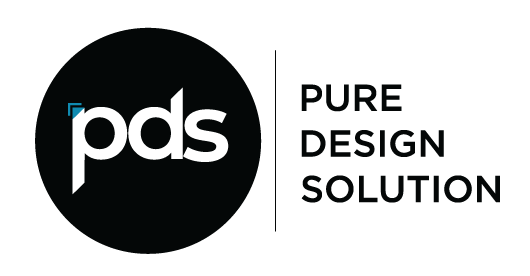Take a look at this message:
Hi, can you accept my LinkedIn request? Thanks!
Now, take a look at this message:
Hi, I’m Suchi. I hope you are doing well. I thoroughly enjoyed reading your blog post on business-to-business social media etiquette, and I’m actually very passionate about this topic myself. I would love to connect with you on LinkedIn.
Which one would you be more likely to respond to? And why?
What happened in 2020 for LinkedIn was phenomenal. It expanded from a network solely for professionals to a booming social media platform, says Hubspot. But interestingly enough, LinkedIn wasn’t used purely for sharing new ideas or engaging in conversations with our colleagues.
As with most social media platforms, we found ways to start leveraging this tool to network and attract more business. LinkedIn is the best social network for lead generation, as HubSpot found a 2.74% visitor-to-lead conversion rate in a study of over 5,000 businesses. And there’s nothing wrong with that! But we, unconsciously, start taking a hunting approach rather than a farming approach when it comes to networking and developing leads.
Hunting is setting up high-achieving targets and going after them with a razor sharp focus. Hunters are extremely efficient at the chase and enjoy hopping from one deal to the next while closing their prospects. Farming involves building a relationship with someone, growing your bond, and creating a mutual synergy with them. Farmers nurture leads and clients to create lasting impact and develop customer loyalty. Which one sounds more like you? Both have their benefits and their challenges, but when it comes to LinkedIn networking to build business, farming is much more effective than hunting.
I’m currently bombarded with endless sales pitches that are almost as long as this blog post. Or a connection request that reads something like, “Hi, I saw your profile on LinkedIn and I believe we have a lot in common.” Sound familiar? Chances are that this person is sending out mass emails without identifying or mentioning what really is common. It’s true―sending people connection requests is a very important exercise. But there’s a more genuine and honest way to do so.
So here are 8 Do’s and Don’ts to keep in mind when using LinkedIn to build and grow your network:
- Resist writing a 500-word introductory message.
This should only be reserved for sponsored content. A long introductory message can put readers off from reading your greeting and responding back to you. Save those other thoughts and questions for later on in the conversation.
- Avoid sending messages that look automated.
Genuine connection is always best. People can usually tell when your message is automated, and will be less likely to network with someone who is blindly messaging hundreds of LinkedIn users a day.
- Typos or grammar mistakes are totally unprofessional.
Just as you proofread important emails, treat your LinkedIn messages with as much care. Though these messages can be more conversational, like texts, proper spelling and grammar are necessary to maintain a professional look.
- Try not to bombard users with too many messages. Give them time to respond.
Some professionals on LinkedIn receive tons of connection requests and networking messages per day. Your connections will appreciate the time and space to respond when they can. And they’ll probably get back to you in a more genuine way.
- Include the first name of the person you are writing to.
This shows the person that you are interested in connecting with them individually, and it’s s a great way to start building your relationship on the right foot. Think about LinkedIn networking as replacing in-person networking events. Just like you see people’s name tags and want to address them appropriately in person, same goes for on screen.
- Avoid sending links in your introductory connection request. Build your relationship with the person first.
While sending links to your business’s website, products, or services comes eventually in the networking conversation, doing so too early can give the impression that you care more about selling your business no matter what than forming a real bond with the person you are connecting with.
- Be mindful not to accept every connection request that comes to you. Remember, quality over quantity!
As you read over connection requests that come to you, think about the value that this relationship could bring. If their ideas or offerings don’t align with your work or goals, there’s no harm in saying “No, thank you.” As you filter through your connection requests and either accept or decline them, think about the networking community you are building for yourself and what you want it to look like.
- Stay away from acronyms and abbreviations! There’s not enough time to decipher them and your message can get lost in translation.
This is an easy way to make your messages clear and accessible. It can be tough to assume whether or not your message recipients will understand the acronyms or abbreviations you want to use, so keep your language and tone concise by simply avoiding them.
If kept genuine and relatable, our conversations will be rewarding. They have the potential to open up new opportunities to do business with people whom we meet online. A farming approach gives us better results than a hunting mindset. With these Do’s and Don’ts in mind, you too can create meaningful partnerships, have enriching conversations with industry experts in a variety of fields, and build relationships to grow in 2021.
So with that, I head over to your LinkedIn page to learn more about you and see what we have in common. I press the “Connect” button and send you a thoughtful and personalized message. Our journey has just begun.

